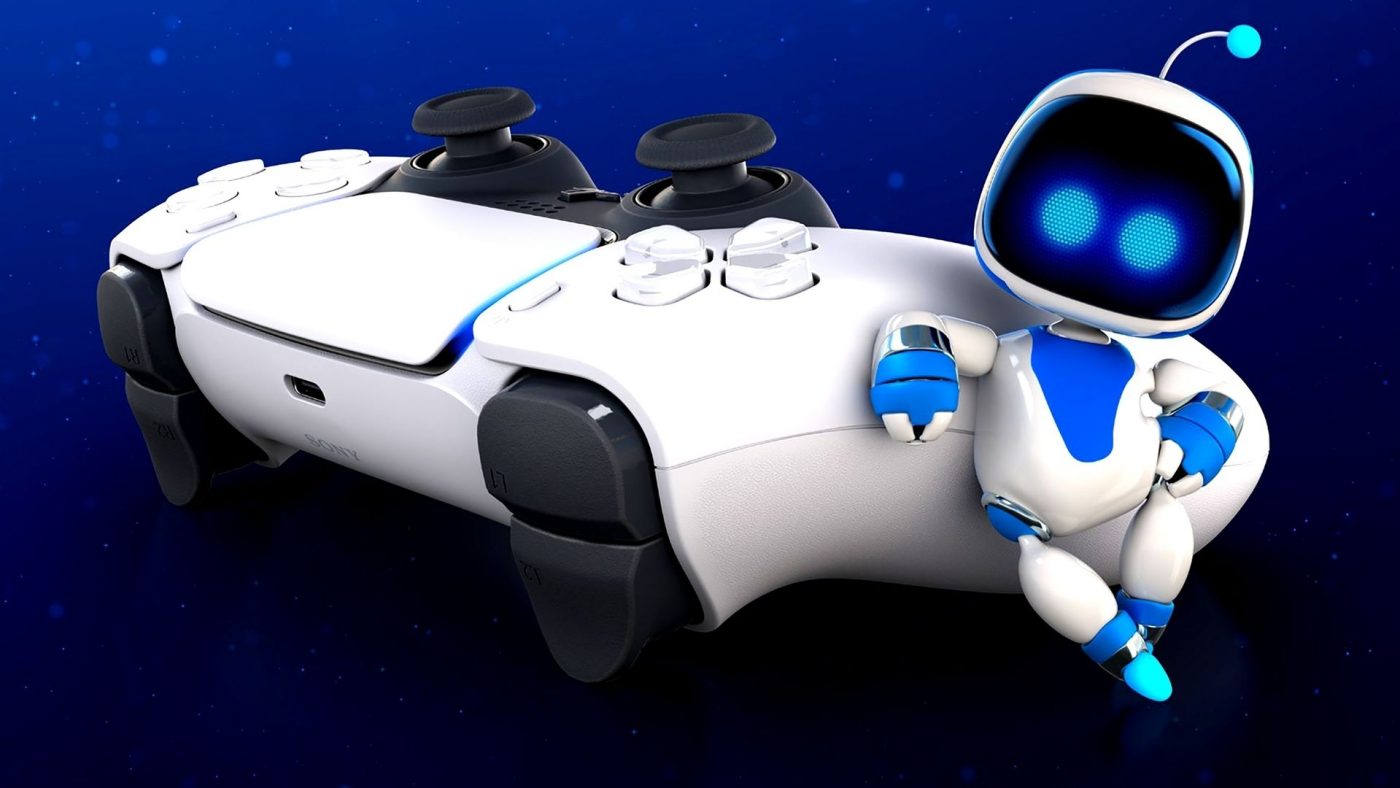Good Vibrations.
The PS5 is no joke. By its very physical design, an unapologetically big and bulky sucker of a machine, the PS5 looks like a console that would fit right at home in the future. However, it is paramount that the future of PlayStation is accessible for all. Titles such as Spider-Man: Miles Morales, Demons Souls, and Astro’s Playroom are three solid experiences right out of the gate that had me gripped for hours as one of the luckier gamers to get my hands on a PS5, the single hottest item on the shelves this past Christmas. It is scary to think of what the PS5 will be capable of moving forward and I very much look forward to some of the marquee titles such as Horizon Forbidden West and the God of War sequel. The Dualsense is where it’s really at, and if developers know what’s good for them, they will fully integrate some of its features into future titles.
There is little doubt that what comes packed into this stylish new controller can and will be game-changing, quite literally, and it’s not entirely beyond the realms of possibility that Microsoft follow suit with future upgrades to their controllers. The future of gaming is incredibly exciting, and the ideal world, will be accessible to everyone. This is where the PS5 is currently hitting something of a stumbling block, and I am worried about how Sony goes about addressing it in the long term. As a disabled gamer with limitations physically, especially in terms of my hand and finger movement, the experience with the Dualsense hasn’t always been one I’ve come away from with immense smiles.
For pure context here – you’re more than welcome to do a quick Google search to understand more about my disability – just search for Spinal Muscular Atrophy. I’m always down for a decent conversation on Twitter as well, so just search for @realmikepulman and look for the ginger fat man. Thankfully, I’m still able to operate the controller, but it often comes with a lot of concentrated perseverance (which isn’t exactly a bad thing for a disability that is destined to worsen anyway). I can use the Dualsense to perform various objectives in games that make use of features such as haptic feedback in the triggers, motion sensing, or even blowing into the microphone to make the wind blow in Astro’s.
But again, the challenge is noticeably greater than any I’ve had with a PlayStation controller before.
It can quickly take me out of the gaming experience when I’m confronted with putting extra emphasis on getting my hands wrapped around what is a much larger and bulkier controller in the first instance, but also during a game and trying to get my fingers to pull the haptic triggers all the way down, often against the preprogrammed force in the trigger. There is the option to simply turn off the haptic feedback on the Dualsense (by going to the settings menu and scrolling to the accessory section and choosing controller), but this isn’t really the point is it?
Gamers of all abilities, even those of us with physical disabilities, should be able to experience gaming on the PS5 in the way it was designed. I fear that many disabled gamers with that little bit less of hand and finger abilities may have to simply turn off the haptics and therefore lose what is a truly next-gen evolvement to the gaming experience. Sony would have tested the Dualsense very vigorously in the build up to launch. However, given the COVID-forced way the gaming industry was forced to do business in 2020, I would guess that several disabled gamers, some of whom even working in the games industry, did not get an opportunity to provide Sony with feedback after some hands-on time at a trade show for example.
This is not a Sony problem, and it is not their fault. With the upmost of respect, some of the major first party titles have had outstanding accessibility features built in, features that allowed more gamers with a diverse range of abilities to experience titles such as The Last of Us Part II in the past year. But it can, and should, go much further. Especially on the hardware front. For Sony, it is also in their best interests, despite how hard is likely is to build a decent road map around accessibility, one part of the wider business model, moving forward in the age of COVID.
The wider tech industry needs further education in my view when it comes to designing technology, including consoles, in more accessible ways. This was the case well before the uncertainties of the present. The obvious way of moving forward is getting more disabled gamers (and gamers of all diversity for that matter) involved across the industry (including media, esports, development, and marketing). The more disabled gamers that are directly able communicate and work alongside game makers, the better it will be the next time a console launch comes round. Somebody, be it Sony, Microsoft, or even Nintendo, needs to take the lead on this.

